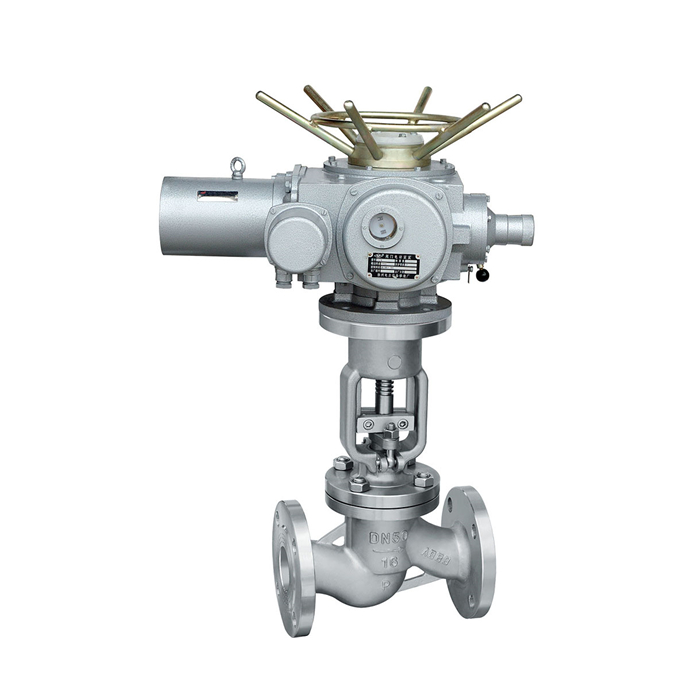A good question to ask is, “How do you test an actuator valve?” There are a variety of ways to do this. Some manufacturers require that all valves be tested by using a specific test method. Others, like Emerson, don’t require any tests at all. However, if you’re in the business of manufacturing valves, you should be familiar with the following test methods and know how to conduct them.
In order to test an actuator valve, you should first determine its working capability. An actuator must be able to sustain a certain pressure level without leaking. The test procedure is known as pressure and leak testing. A valve is tested to determine its performance under pressure by causing a pressure decay over a set period of time. This procedure can determine whether the valve can withstand a specified pressure level. Evolution Measurement has developed a valve actuator testing system that features a Rotary Encoder. The information recorded from the Encoder is used to measure the actuator’s position during the test.
An actuator valve is a mechanical device that controls the flow of gas, water, or air. The springs inside the valve are designed to hold the valve in place when power is lost. These mechanisms are often specified as fail open or fail close in order to ensure safety. A common cause of failure of an actuator is poor air quality, so it’s important to choose the right type for your application. You can check the regulatory requirements of the valve you’re considering using here.
Depending on the application, an actuator can be single or multi-turn. The number of turns refers to the number of turns that a valve can make while rotating. Moreover, valve actuators for hazardous locations are different from those for non-hazardous locations. For outdoor applications, electric actuators are not recommended because they produce condensation inside the valve. Pneumatic actuators are best suited for these applications due to their ability to operate in a wide temperature range.
The first step in testing an actuator valve is to ensure that it is operating properly. Many models come with an inbuilt position sensor, and you can use this to determine the length of the actuator’s extension. Another step is to test the actuator’s position against a reference position sensor, which is almost always an LVDT. During this test, the valve’s position will oscillate back and forth around the null position for a period of time.
The electrical component of an actuator is called the motor contactor. It tells the actuator whether to open or close the valve. This is fuse-protected and gives torque for the valve’s movement. When the motor fails, the valve will not move, so you’ll need to test its duty cycle and insulation class to determine if it’s the valve or the motor. If the valve fails to move even when in manual mode, the motor is the problem.
Another way to check the valve’s performance is by running a fire test. This involves simulating a fire in a factory or plant. The purpose of this test is to ensure that the valve is secure against fire. A basic fire test involves exposing the valve to high-temperature flames for 30 minutes and then cooling it down with cold water to simulate a fire. This process exposes the valve to extreme thermal shock.
Another way to check the performance of an actuator valve is by measuring its margin. If the margin is greater than zero, the valve is deemed capable of performing its intended function. This margin can change due to changes in the valve’s operating requirements and actuator capacity. To determine whether the margin is within acceptable limits, the end user needs to devise meaningful acceptance criteria. However, this approach can’t be used on every actuator valve.
